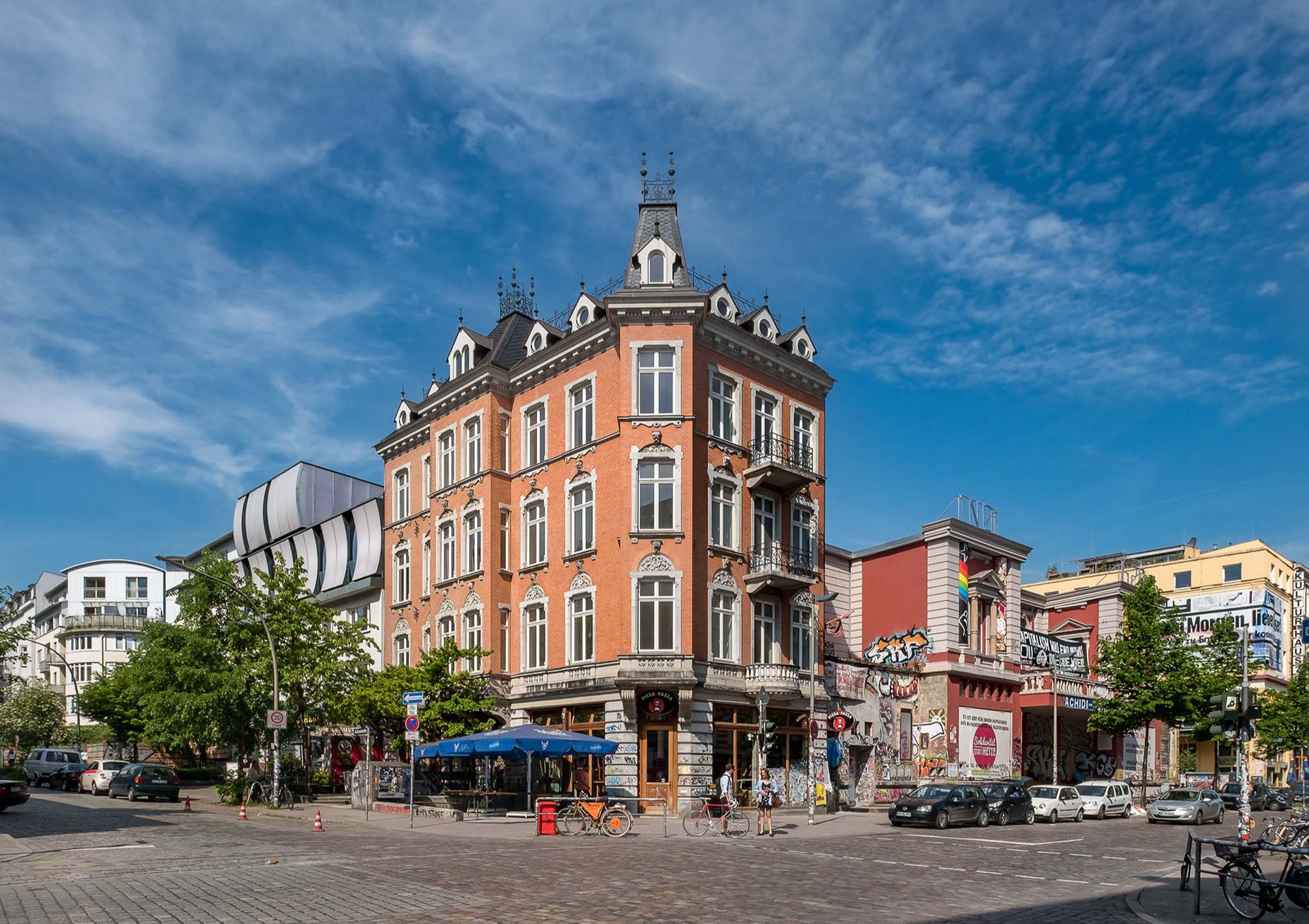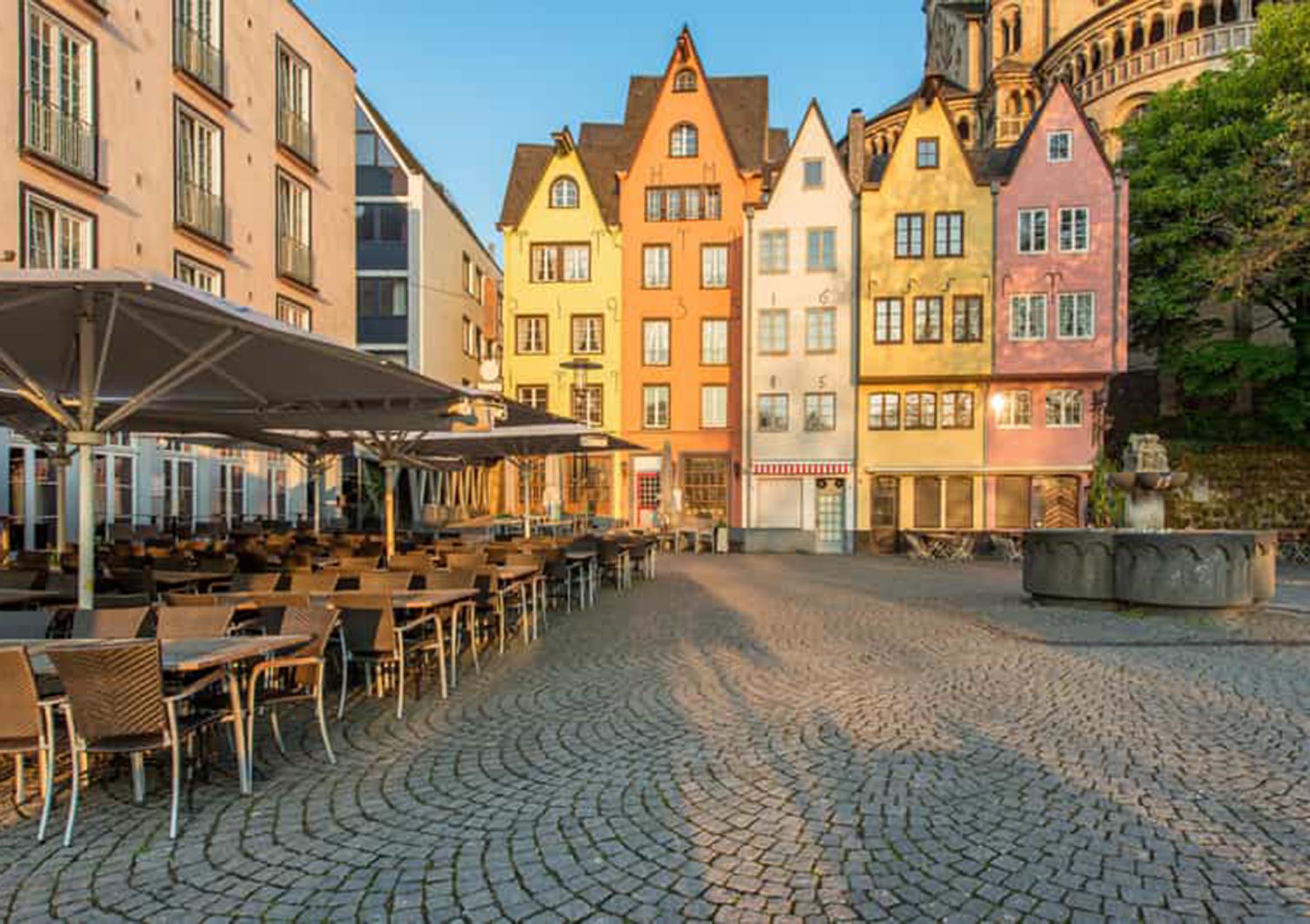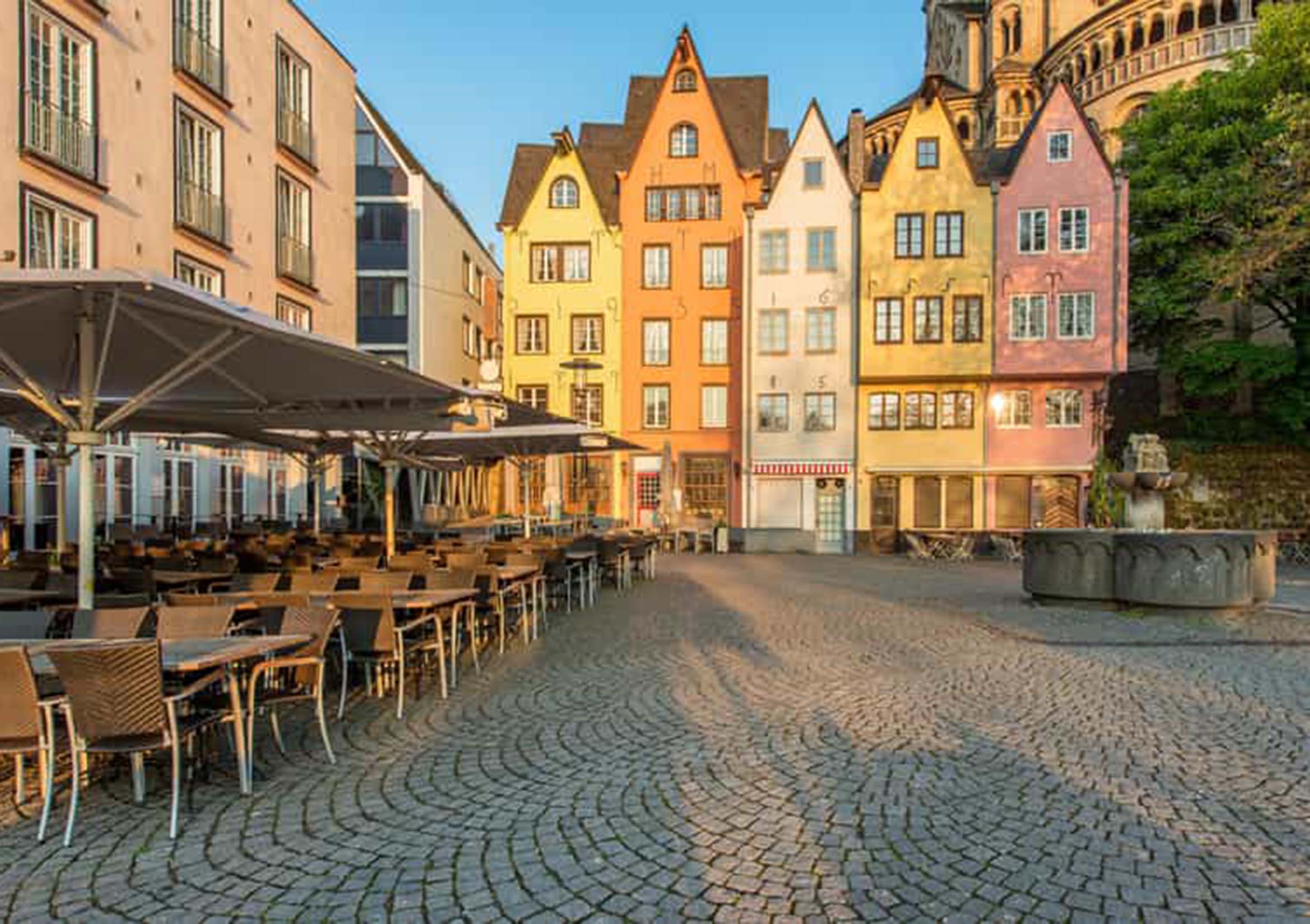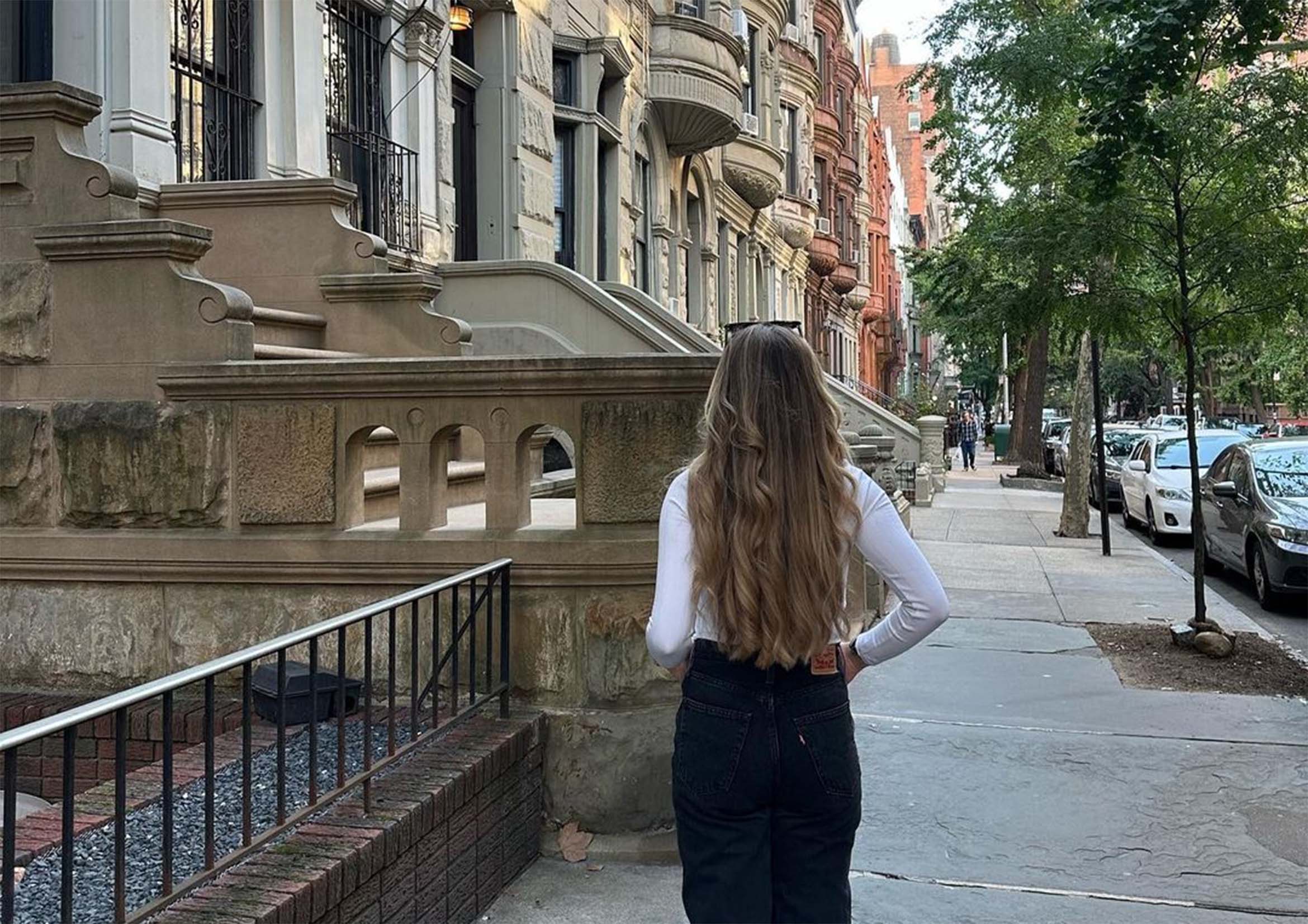Hamburg, Germany’s second-largest city, is an incredible destination packed with maritime charm, rich history, and modern flair. From stunning waterways to vibrant nightlife and cultural attractions, the city has something for everyone. On my recent trip, I uncovered some insider travel hacks that can elevate your Hamburg experience, ensuring it’s not only unforgettable but also stress-free and budget-friendly.
1. Getting There: Best Time to Book Flights
Like many European cities, Hamburg sees its highest tourist traffic in the summer months of June to August. While this is when the weather is at its finest, it’s also when prices soar. If you’re flexible with your dates, I recommend visiting in the shoulder seasons—either spring (April-May) or early autumn (September-October). During these times, you can enjoy pleasant weather, fewer crowds, and lower prices on flights and accommodation.
When it comes to flights, Hamburg is well-connected, and you can often find great deals if you book in advance. I managed to score my ticket for 30% less by using flight comparison tools like Google Flights and Skyscanner. Set up price alerts to get notified when fares drop, and consider flying midweek, which is usually cheaper than weekends.
2. Where to Stay: Affordable Neighborhoods and Hidden Gems
Finding affordable accommodation in Hamburg doesn’t mean you have to compromise on comfort or location. If you’re on a budget like I was, here are some areas I found that offer excellent value:
Sternschanze
Sternschanze is the perfect place to stay if you want to be close to Hamburg’s bohemian vibe. The area is packed with trendy cafes, independent boutiques, and vibrant street art. I stayed in an affordable boutique hotel called Superbude Hotel Hostel St. Pauli, which offered quirky design, friendly service, and a great location. It was within walking distance of the Schanzenviertel and had a cozy, communal vibe that made me feel right at home.
Altona
Another hidden gem for budget-conscious travelers is Altona, a bit further west of the city center. It’s quieter than Sternschanze but still offers plenty of local charm. There are numerous mid-range hotels and Airbnb options here, many within a stone’s throw of the scenic Elbe River. Plus, Altona’s transport connections make it easy to explore the rest of Hamburg.
If you want to splurge a bit while still keeping it reasonable, consider staying in the HafenCity district. This modern area offers upscale hotels with views of the Elbe and Speicherstadt, Hamburg’s historic warehouse district.
3. Getting Around: Public Transport Tips
One of the first things I noticed about Hamburg is how efficient and easy the public transport system is. The network includes trains (S-Bahn and U-Bahn), buses, and ferries, which are all integrated into a single ticketing system. This means you can switch between modes of transport on the same ticket, which is incredibly convenient.
Travel Passes
If you’re staying for a few days, the Hamburg Card is an absolute lifesaver. It offers unlimited travel on public transport and discounts to many attractions, museums, and restaurants. I bought the 3-day card, which allowed me to explore the entire city without worrying about transport costs. You can purchase it online, at the airport, or at various vending machines throughout the city.
For shorter stays, single and day tickets are available. But trust me, the Hamburg Card pays for itself quickly, especially if you plan on visiting multiple attractions.
Bike Rentals
If you’re feeling adventurous, consider renting a bike to explore the city. Hamburg is bike-friendly, with dedicated lanes and bike-sharing programs like Stadtrad that offer easy access to rental bikes. I used this system to cycle around Alster Lake, and it was not only a fun way to see the city but also incredibly scenic.
4. Must-See Attractions: Insider Tips
While Hamburg boasts iconic landmarks like the Elbphilharmonie and Miniatur Wunderland, there are lesser-known gems that shouldn’t be overlooked. Here are some of my favorite finds:
Planten un Blomen Park
One of Hamburg’s largest parks, Planten un Blomen is an oasis in the heart of the city. What sets this park apart is its free daily water and light show, which takes place in the evening during the summer months. I stumbled upon this by chance, and it was one of the most magical experiences of my trip. The Japanese Garden inside the park is also a serene escape from the hustle and bustle of the city.
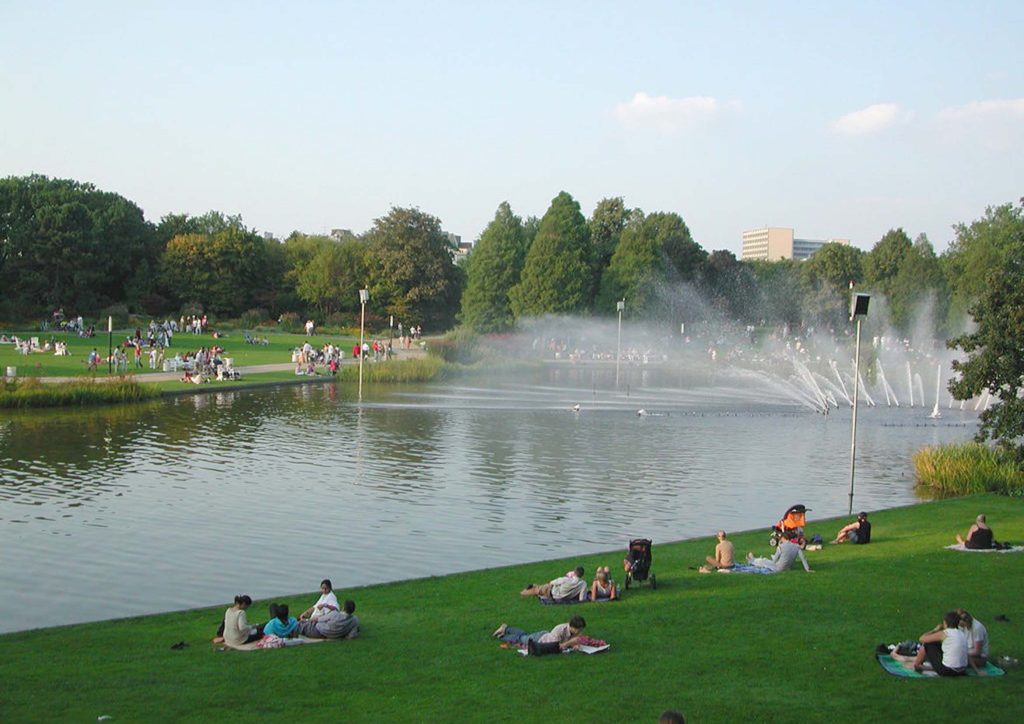
Elbstrand
If you’re visiting during warmer weather, take the time to relax at Elbstrand, Hamburg’s very own urban beach. Located along the banks of the Elbe River, this spot offers a laid-back atmosphere with sandy shores and panoramic views of the passing ships. Bring a picnic, or enjoy a drink at one of the nearby beach bars like Strandperle.
Kunstmeile
Art lovers will want to explore the Kunstmeile, or Art Mile, which is a collection of five museums located in close proximity to each other. While many tourists head to the Kunsthalle, the lesser-known Museum für Kunst und Gewerbe offers an impressive collection of decorative arts and design. Buy a combined ticket to save money if you plan on visiting multiple museums.
Blankenese Treppenviertel
Looking for a postcard-perfect view of Hamburg? Head to Blankenese, a picturesque hillside neighborhood with narrow winding streets and charming houses overlooking the Elbe. Known as the Treppenviertel (Stair Quarter), this area is best explored on foot, but be prepared for lots of stairs! It’s the perfect spot to escape the city center and enjoy a quieter, more scenic side of Hamburg.
5. Local Etiquette: What to Know
Hamburgers (the people, not the food!) are generally warm and welcoming, but there are some local customs and etiquette tips to be aware of:
- Punctuality is highly valued in Germany, so if you have reservations or plans with locals, make sure to be on time.
- Cash is still king in many places. While credit cards are becoming more common, smaller shops and restaurants may only accept cash, so it’s a good idea to have some Euros on hand.
- When greeting someone, a firm handshake is the norm, and don’t forget to say “Guten Tag” (Good day) or “Moin,” the northern German version of hello, especially in Hamburg.
I made the mistake of assuming credit cards were accepted everywhere when I first arrived, only to find myself at a small café that only took cash. After that, I made sure to keep a small amount of local currency with me at all times.
6. Culinary Delights: What to Eat in Hamburg
You can’t visit Hamburg without sampling the local cuisine, which is heavily influenced by the city’s maritime heritage. Here are some must-try dishes:
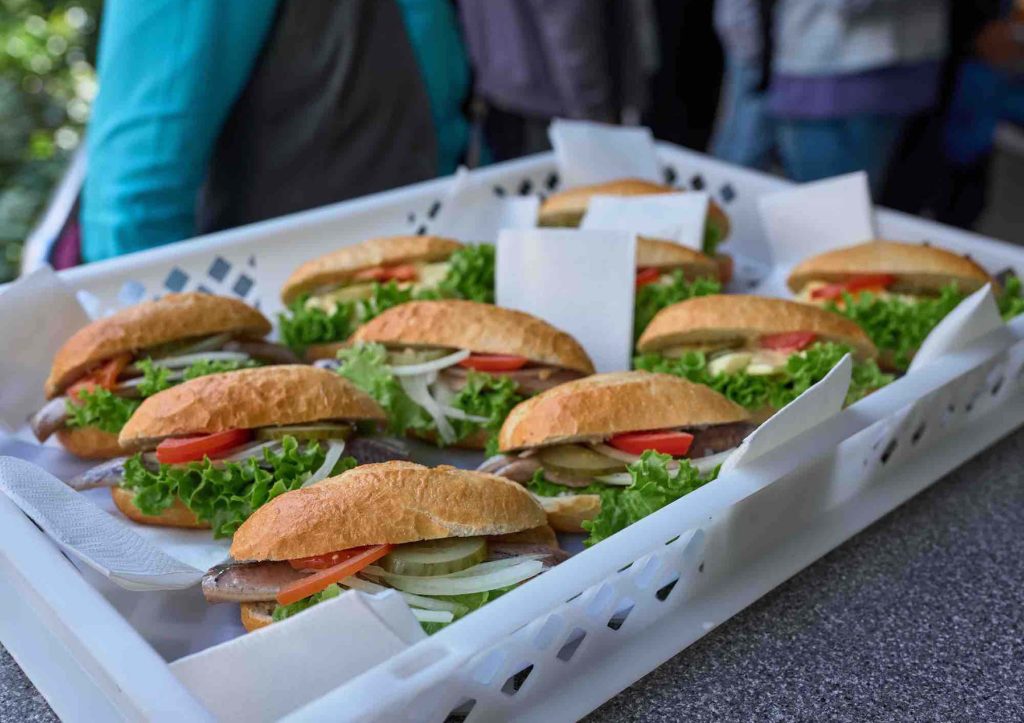
- Fischbrötchen: This traditional fish sandwich is a local favorite and can be found at markets and food stalls along the harbor. I had mine with pickled herring and onions, and it was delicious!
- Labskaus: A quirky yet hearty dish made of corned beef, mashed potatoes, and beetroot, often served with fried eggs and pickles.
- Rote Grütze: For dessert, try this red berry compote, usually served with vanilla sauce or ice cream.
If you’re a fan of seafood like me, head to Fischmarkt on a Sunday morning for the freshest catches. The lively market atmosphere is an experience in itself, and you can enjoy a traditional Fischfrühstück (fish breakfast) right by the waterfront.
How to Make the Most of Your Hamburg Trip
Planning ahead can save you time, money, and stress, so here are a few final tips from my experience:
- Book tickets in advance for popular attractions like Miniatur Wunderland and the Elbphilharmonie to avoid long queues.
- Pack for the weather: Hamburg’s weather can be unpredictable, so bring layers and a waterproof jacket, especially if you’re visiting in spring or autumn.
- Travel insurance is a must for any international trip. I always use a comprehensive plan that covers medical emergencies, trip cancellations, and lost luggage.
Hamburg is a city that offers something for every traveler, whether you’re a culture buff, nature lover, or foodie.
